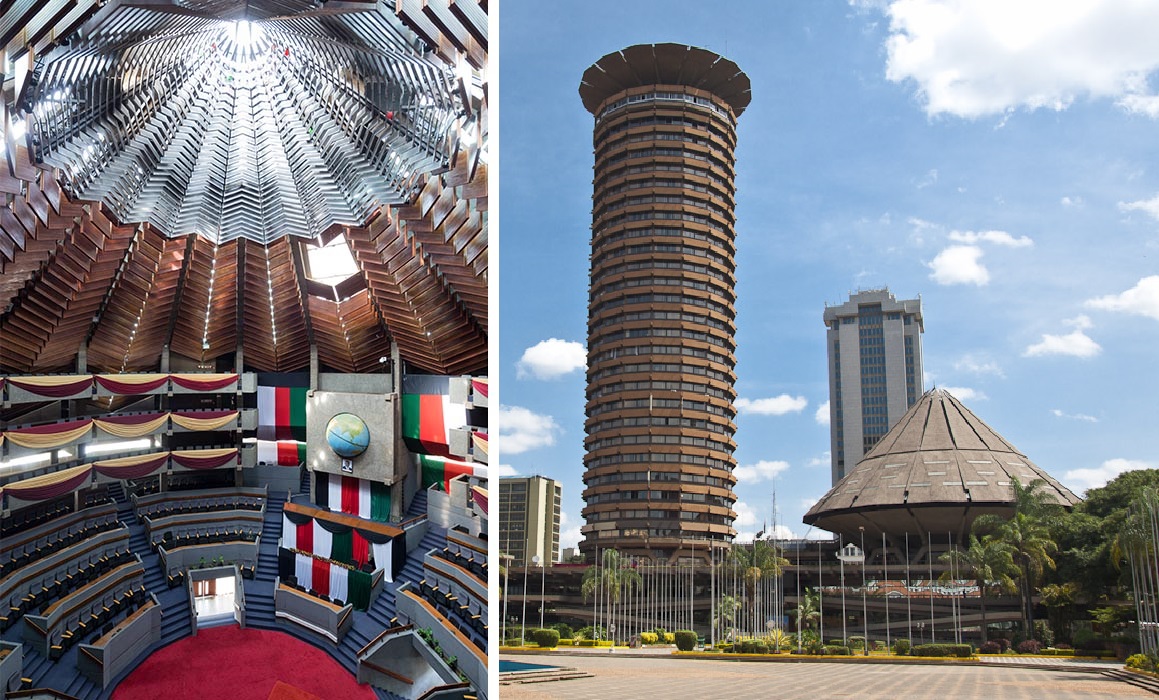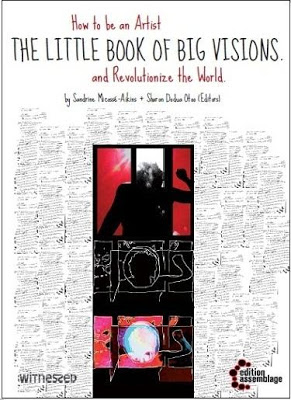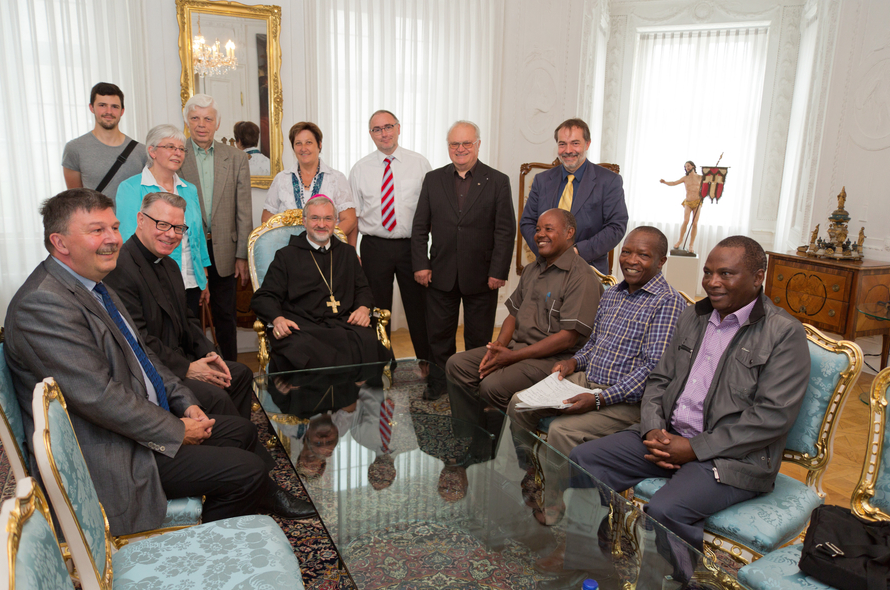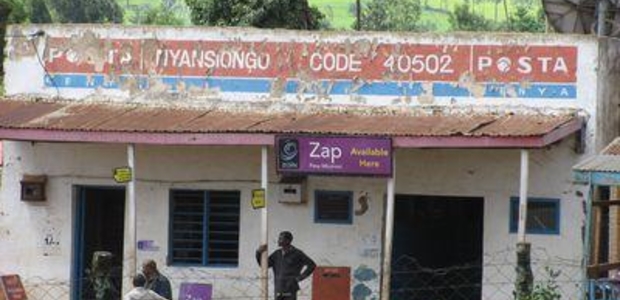
If you love architecture, this is a great exhibition for you. And if you love African history and would like to understand the relationship between African architecture and politics, this is definitely the exhibition for you.
Kenyatta International Conference Centre (KICC) in Nairobi, Kenya (1967-1973); Independence Square (1961) in Accra, Ghana; or La Pyramide in Abidjan, Côte d’Ivoire (1973). These buildings were built at independence or right after independence as symbols of a future full of hope for many African countries. The modern and futuristic architecture mirrored the aspirations and forward looking spirit that was dominant at that time, that and the economic boom made elaborate construction methods possible. Most of the architecture in Ghana, Senegal, Côte d’Ivoire, Kenya or Zambia still represents some of the best examples of 1960s and 1970s architecture worldwide. Nevertheless it has received little attention and still remains to be ‘rediscovered’.
At the same time, this architecture also shows the difficulties, contradictions and dilemmas that the countries experienced in their nation-building and independence process. In most cases, the architects were not local, they came from Poland, Yugoslavia, the Scandinavian nations, Israel, or even from the former colonial powers.

Could the formation of a new national identity through architecture therefore be described as a projection from the outside? Or does the international dimension rather represent the aspirations of the countries aiming for a cosmopolitan culture? To what extent are projects such as the Kenyatta International Conference Centre in Nairobi, or the construction of Yamoussoukro as a new capitol of Côte d’Ivoire modernistic grand projects that propel a country forward, or instead vanity projects initiated by authoritarian ‘Big Man’–policies? The documentation of these buildings allows us to see architecture at a fascinating nexus of design and politics.
The book and the exhibition consists of an archival section showing more than 80 buildings from five countries of Sub-Saharan Africa; a biographic section that narrates the historic and societal dimension of five selected buildings; and a timeline, contextualizing the architecture.
The exhibition »Architecture of Independence – African Modernism« runs from 20 February to 31 May 2015 at Vira Design Museum Gallery in Weil am Rhein:
Vitra Design Museum
Charles-Eames-Str. 2
D-79576 Weil am Rhein
The book is only available in English from Park Books Publisher.










